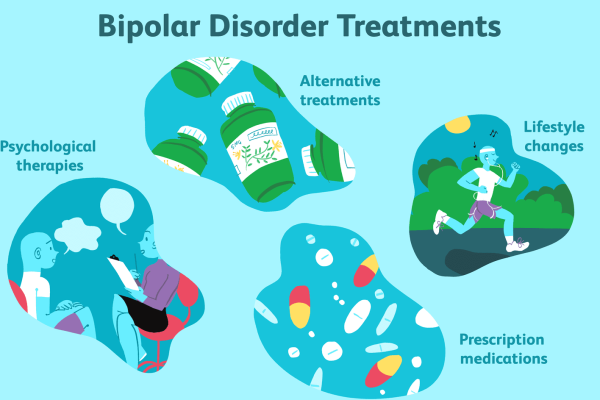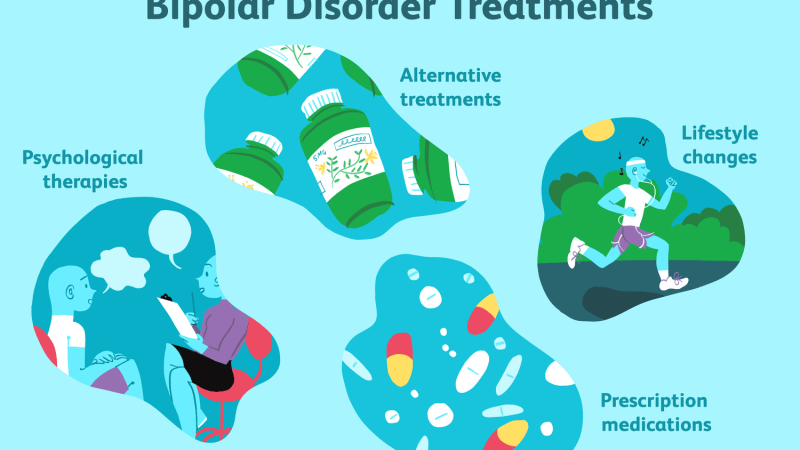Treating erectile dysfunction (ED) can often bring relief and restored confidence. However, in rare cases, some treatments can lead to a serious condition known as priapism—a prolonged and often painful erection that lasts more than four hours and is unrelated to sexual stimulation. While this condition is uncommon, it requires immediate medical attention. Left untreated, priapism can lead to permanent damage to the penis and long-term erectile issues for use Malegra 100 mg.
In this blog, we’ll explore what causes priapism, how it’s connected to ED treatment, and what steps you should take to manage and prevent it.
What Is Priapism?
Priapism is a condition where an erection persists for an extended period (typically longer than four hours) and does not subside after orgasm or stimulation ends. Unlike a normal erection, priapism is usually painful and not associated with sexual arousal.
There are two main types:
-
Ischemic Priapism (Low-Flow): This is the more common and dangerous form. Blood becomes trapped in the penis and cannot drain properly.
-
Non-Ischemic Priapism (High-Flow): This is less common and usually less painful. It results from unregulated blood flow, often due to injury.
How ED Treatments Can Cause Priapism
Several medications used for treating ED can cause priapism, especially if not used properly. These include:
-
PDE5 inhibitors like Sildenafil (Viagra), Tadalafil (Cialis), and Vardenafil (Levitra)
-
Intracavernosal injections such as Alprostadil
-
Penile suppositories or pumps
Though rare, these treatments can disrupt the balance of blood flow in the penis, leading to prolonged erections.
Risk factors include:
-
Taking higher-than-prescribed doses
-
Combining ED drugs with recreational substances
-
Pre-existing blood disorders (like sickle cell anemia or leukemia)
Recognizing the Warning Signs
It’s crucial to identify the early signs of priapism so you can seek help quickly. Watch out for:
-
An erection lasting more than 4 hours
-
Increasing pain in the penis
-
Erection not associated with sexual activity
-
Discoloration of the penis (usually dark red or blue)
If you notice any of these symptoms, do not wait—contact a healthcare provider or visit the emergency room immediately.
What to Do If Priapism Occurs
Here are the steps you should take:
-
Seek emergency medical attention immediately.
Ischemic priapism can lead to tissue damage in as little as six hours. The longer it lasts, the higher the risk of long-term ED. -
Do not attempt self-treatment.
Home remedies are ineffective and can be dangerous. You need professional intervention, which may include:-
Draining excess blood from the penis
-
Administering medication to constrict blood vessels
-
Surgery in severe cases
-
-
Avoid further ED medication until cleared by a doctor.
Do not take another dose of any ED treatment until your doctor evaluates and clears you.
How to Prevent Priapism in the Future
If you’ve experienced priapism before or are at higher risk, these preventive steps are crucial:
-
Always follow dosage instructions carefully
-
Inform your doctor if you have blood disorders or are on other medications
-
Avoid mixing ED drugs with alcohol or recreational drugs
-
Use the lowest effective dose of ED medication
-
Have regular follow-ups with your healthcare provider
If you’ve had priapism before, your doctor may recommend switching medications or exploring alternative treatments such as lifestyle changes, counseling, or testosterone therapy if appropriate.
Conclusion
Priapism is a rare but serious side effect of erectile dysfunction treatment that should never be ignored. While ED medications are generally safe and effective when used properly, awareness of potential complications is essential. If you ever experience a prolonged or painful erection, seek immediate medical care. Acting quickly can prevent long-term damage and ensure a healthy and satisfying sex life in the future.









